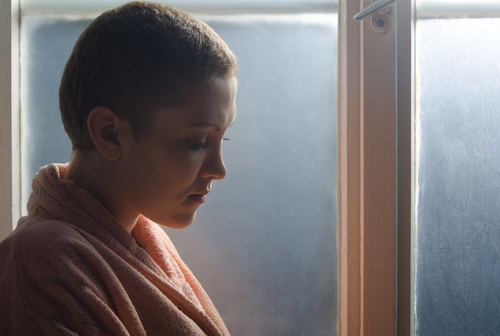Understanding the Chemotherapy Procedure
Chemotherapy is a widely accepted type of treatment used by medical professionals to treat cancer patients. The treatment has varying degrees of success, depending on the progression of the disease and the type of cancer the patient has. Furthermore, chemotherapy procedure is a complicated process and is often confusing or intimidating for individuals who are learning about it for the first time. However, it is also widely understood to have been an effective treatment for many individuals. Only an oncologists will know for certain whether or not a patient should try a chemotherapy procedure.
What is Chemotherapy?
Chemotherapy is the use of chemicals to treat cancer within the entire system by administering drugs inside the patient. Since cancer cells divide at fast rates, doctors will usually use drugs which specifically target cells that divide rapidly. Sadly, these drugs can sometimes destroy healthy cells that also divide at a fast rate. Due to this, patients may feel fatigue, nausea or other symptoms after treatment. Each patient has a different reaction to the treatment, so side-effects will vary. Patients will have to undergo multiple chemotherapy sessions to see results. Doctors may provide individuals with schedules, by which the patient must come in to receive their specified dose.
When is Chemotherapy Procedure Recommended?
The chemotherapy procedure is typically recommended by doctors in three specific scenarios. The first scenario is the possibility of chemotherapy sending the patient into remission. If cancer growth is found and diagnosed within the patient during the early stages of the disease, then it may be possible to destroy or shrink the cancer cells. Combined with other treatments, chemotherapy could remove all signs of cancer within the body. The second scenario involves stopping the progression of growth. If cancer has progressed into stages II or III, then it is more difficult to completely rid the body of the disease. However, by reducing or stopping the growth of the cancer cells within patients, individuals can expect to live longer and experience fewer symptoms. The last approach is called palliation care, which is a measure used to ease the comfort of patients before they pass. In the last stages of cancer, the disease has progressed to other parts of the body and it is unlikely that the disease will be cured. Doctors may have the patient undergo a chemotherapy procedure to lessen the discomfort experienced by the individual by reducing the growth of cancer cells in certain areas.
How is the Chemotherapy Procedure Administered?
Depending on the type, stage, and progression of cancer, doctors will suggest different forms of chemotherapy. During the chemotherapy procedure, patients are usually administered medication intravenously. However, some medication, such as melphalan, busulphan, and capecitabine can be taken orally. There are several different ways in which intravenous medications can be administered to patients. Here are several different methods:
Winged Infusion – This method involves using a specialized needle with two wings used to push the needle into a vein. It attaches to a syringe which is used to pump drugs into the patient’s hand, wrists, or scalp. It is also known by the names “butterfly” or “scalp vein” needle.
Peripheral Cannula – A thin tube, or catheter, is inserted into a peripheral vein. These veins are situated anywhere on the body, except for the chest and abdomen areas. Once a needle punctures the skin, the cannula tube is pushed inside the vein.
Peripherally Inserted Central Catheter – A catheter is placed within the small vein and pushed inside the heart, where it will remain for days or weeks at a time. Doctors will easily be able to access and administer medication through this vein.
Central Venous Catheter – This method is very similar to the peripherally inserted central catheter. The major difference is that a catheter is pushed directly in a large vein, through the neck, chest or vein. This method is done if there is a chance of the medication damaging smaller veins.
Port – This is a device that is directly connected to a major vein within the body. The port is typically placed on the chest area and is connected to a catheter, which can be removed. This method is for patients who need medication over a long period of time.
Chemotherapy Financial Options
It may seem frightening at first when a doctor recommends a chemotherapy procedure, but for many individuals, it has been a necessary and effective treatment for cancer. Nonetheless, the costs of such treatments are very expensive and can be overwhelming for patients. At Advocate My Meds, those who are underinsured or lack insurance can save money on chemotherapy prescriptions by enrolling with us. We provide qualifying individuals with access to prescription assistance programs that provide patients discounted or free medications. Individuals can read through a list of prescriptions offered through partnered prescription assistance programs on our website if need be. For more information, call us at 877-596-1604.







